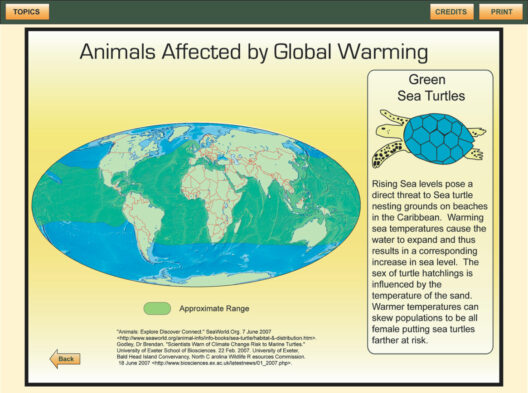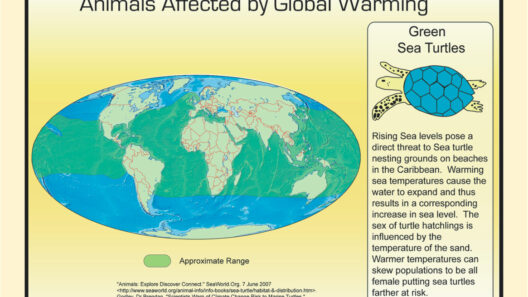Kids have a pivotal role to play in the fight against climate change. While global warming may seem like a vast issue best left to policymakers and scientists, children can actively contribute to its mitigation through simple yet effective actions. Their unique ability to inspire change among their peers and family can amplify these efforts. Here are some fun and educational ideas that children can engage with to help prevent and stop global warming.
1. Embrace the Power of Education
Learning about climate change is the first step children can take. Schools often have curricula that touch on environmental science, but supplementary learning at home can augment this knowledge. Children can watch documentaries, participate in workshops, or read books geared towards their age group that explain the mechanisms of climate change. Understanding the causes and effects of global warming empowers children with the information needed to advocate for change and engage in conversations about the importance of environmental preservation.
2. Develop Eco-Friendly Habits
Children can adopt eco-friendly practices in their daily lives, which serves as an educational experience and a lifestyle change. Simple habits like using reusable water bottles, bringing lunch in reusable containers, or using cloth bags for shopping can reduce waste significantly. An interesting educational exercise could involve tracking how many plastic items they avoid in a week, enabling children to see the tangible impact of their choices. This practice not only reduces waste but also fosters a sense of responsibility towards the planet.
3. Gardening and Growing Food
Starting a garden is a creative and engaging way for kids to learn about sustainability. By growing their own fruits, vegetables, or herbs, children can appreciate the food cycle and the environmental impact of food production. Even small container gardens on balconies or windowsills can teach kids about biodiversity, soil health, and the importance of local produce. Additionally, kids can learn about composting, which reduces waste and enriches their garden soil by recycling organic materials.
4. Participate in Cleanup Campaigns
Community cleanup events are an excellent opportunity for children to contribute to their local environments. Organizing or participating in cleanup drives at parks, beaches, or neighborhoods not only beautifies the area but also raises awareness about littering and its detrimental effects on ecosystems. Children can invite friends and family, turning these events into social gatherings with a purpose. Engaging in teamwork encourages them to value collective responsibility for the environment.
5. Advocate for Change
Children can become powerful advocates by sharing their knowledge and passion for the environment. They can write letters to local government representatives, urging them to implement or strengthen laws regarding environmental protection. Additionally, they can create campaigns within their schools or communities, focusing on themes like recycling or energy conservation. Through activism, kids can learn about democracy and their civic duties while practicing critical thinking and persuasive writing.
6. Educate Others
Sharing knowledge with peers can create a ripple effect. Children can develop educational projects or presentations about global warming and its consequences. Science fairs or school assemblies provide platforms for children to address their concerns and solutions. Such initiatives can spark discussions among classmates and inspire others to take action. Encouraging creativity, such as through storytelling, art, or multimedia projects, makes the learning process enjoyable and engaging.
7. Incorporate Technology
Utilizing technology can offer interactive ways to learn about environmental issues. Numerous apps and online games focus on sustainability, challenging kids to manage resources wisely or understand ecological footprints. Moreover, children can use social media platforms to spread awareness about climate change. Creating videos or blogs about their green efforts can educate others and garner support for environmental initiatives. Technology offers a modern avenue to influence and inspire a broader audience.
8. Sustainable Transportation
Encouraging children to use sustainable methods of transportation can reduce carbon footprints. Walking, biking, or using public transport are excellent alternatives to driving. Kids can organize ‘walk-to-school’ days or bike rides, promoting these activities among their friends and families. Understanding the environmental cost of fossil fuels fosters awareness of transportation’s role in climate impact and encourages innovation in seeking green alternatives.
9. Celebrate Earth Day and Beyond
Participating in Earth Day celebrations allows kids to delve into environmental advocacy actively. Schools often host events that include engaging activities, workshops, and community projects. However, educating kids to recognize environmental awareness isn’t confined to one day. Encouraging year-round environmental appreciation can foster ongoing interest and commitment to eco-friendly practices. Activities such as celebrating ‘No Plastic Days’ or ‘Bicycle Month’ can reinforce this commitment.
10. Collaborate with Organizations
Many organizations and nonprofits focus on environmental issues. Children can learn about these groups and find ways to contribute—whether through fundraising, volunteering, or spreading their messages. Collaborating with established organizations can equip kids with resources, guidance, and mentorship, enhancing their impact. This partnership encourages them to understand broader environmental initiatives and motivates them to be part of the solution.
In conclusion, children are instrumental in the fight against global warming. Through education, advocacy, and engagement in practical activities, they can not only learn about environmental responsibility but also inspire those around them to make a difference. The actions taken today will ripple into tomorrow, as the commitment to protecting our planet becomes a fundamental aspect of their upbringing. With creativity, enthusiasm, and the right support, children can indeed play a key role in cultivating a sustainable future.







